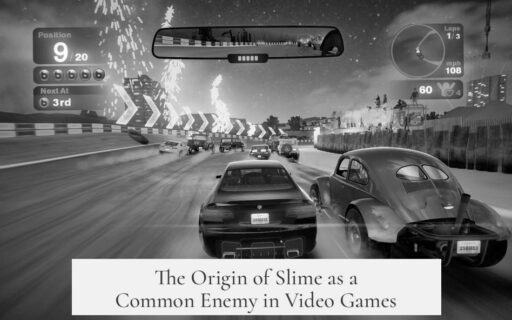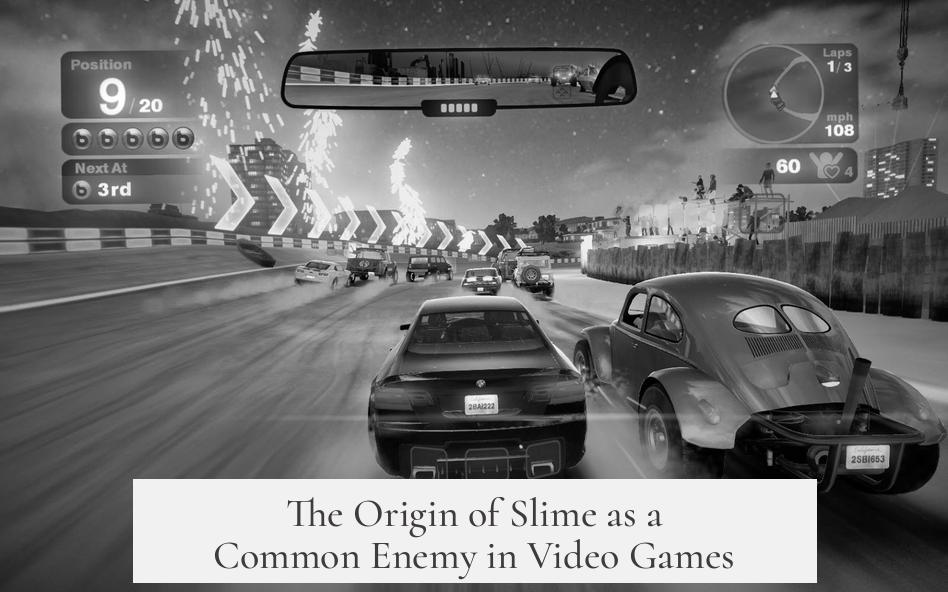The origin of slime as an enemy in games traces back primarily to the 1974 edition of Dungeons and Dragons (D&D), where slime first appears as a hazard rather than a traditional monster. This initial depiction defined key characteristics that influenced subsequent portrayals in both tabletop and video games.
In the original 1974 Dungeons and Dragons Monsters and Treasure supplement, the Green Slime is described as a non-mobile hazard. It damages organic materials like flesh by sticking to and penetrating it within one turn, transforming the affected material into more Green Slime. It eats away wood and metal but cannot dissolve stone. It resists weapons and lightning but can be destroyed through fire, cold, or a Cure Disease spell. This early slime introduced a unique enemy type distinct from typical creatures, emphasizing environmental threat and bodily transformation rather than direct combat.
Apart from Green Slime, other ooze-themed creatures appeared in that edition, including Ochre Jelly, Black Pudding, Gray Ooze, and Yellow Mold. These forms created a broader category of amorphous, corrosive hazards that fit well within fantasy dungeon environments.
These monster concepts drew inspiration from earlier fiction and monster media. Monster serials from the 1930s to 1960s heavily influenced Gary Gygax, co-creator of D&D. Films like The Blob shaped the idea of malevolent, sentient oozes that consume everything in their path. These concepts also trace back to H.P. Lovecraft’s 1931 novella At the Mountains of Madness, which introduced the Shoggoths—amorphous, shape-shifting protoplasmic creatures. These horrific beings share thematic similarities to slime and ooze monsters in games.
Another literary influence comes from Clark Ashton Smith, a contemporary of Lovecraft. His story The Seven Geases introduced imagery of foul, crawling slime and obscene offal that spawn malformed creatures. Passages describe gray, writhing masses that produce dreadful entities, resembling the monstrous oozes found in role-playing games.
The transition to video games occurred in the early 1980s. The first recognizable slime enemy in video gaming appears to be the Bubbly Slime from Wizardry: Proving Grounds of the Mad Overlord (1982). This title is a foundational computer RPG that influenced many later games. Its slime enemy retained the core traits of being a basic, often weak but persistent threat.
Notably, Wizardry and its successors strongly influenced Japanese RPG developers. This led to iconic slime enemies like Suraimu in the Dragon Quest series—arguably the most recognizable slime character in gaming. Dragon Quest popularized the concept of slime as the first and simplest adversary a player encounters, cementing it as a staple enemy archetype in RPGs worldwide.
| Source | Contribution to Slime Enemy |
|---|---|
| Dungeons and Dragons (1974) | Introduced Green Slime as a hazard with unique mechanics; defined biological and magical properties |
| Monster Serials (1930s-60s) | Inspired the concept of malevolent amorphous creatures (e.g., The Blob) |
| H.P. Lovecraft’s writings | Provided earlier mythos of shapeless, monstrous beings like Shoggoths |
| Clark Ashton Smith’s Stories | Depicted vivid imagery of slime-like abominations spawning monstrous forms |
| Wizardry (1982) | First video game representation of slime enemy; influenced RPG design |
| Dragon Quest Series | Popularized slime as emblematic beginner enemy in games |
Slime’s appeal in games lies in its simplicity and distinct mechanics. As an enemy, slime often serves as a weak or early-stage opponent, ideal for introducing players to combat. Its amorphous nature allows challenges like status effects, area denial, and corrosive damage, which differ from traditional monster attacks. Over time, slime enemies have diversified into various colors, shapes, and abilities but retain the fundamental concept rooted in early role-playing content.
- Slime enemies originate mainly from Dungeons and Dragons (1974), introduced as a hazardous ooze with unique mechanics.
- Earlier influences include monster serial films and writings by Lovecraft and Clark Ashton Smith.
- Wizardry (1982) brought slime to video games, shaping later RPG designs.
- The Dragon Quest series popularized the slime as the iconic, simplest enemy.
- Slime enemies provide gameplay diversity through their amorphous and corrosive traits.




